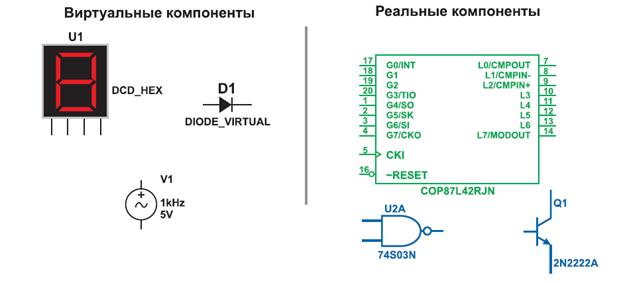It Speaks for Itself
An art critic is shown two pictures in a private picture gallery. One is an old master, the other is a modern creation. The art critic takes a long look at the former and without uttering a single word turns to the latter. He at once starts praising it. “Why did you pass the other picture without saying a word?” somebody asks him. “It speaks for itself,” the art critic answers, “while the other certainly needs boosting.” Tiger Hunting A man who had traveled in Bengal was asked if he liked tiger hunting. “Well!” said the man. “I certainly enjoyed hunting tigers, but I must confess I hated being hunted by tigers myself.”
A High Price Senior citizen: One can’t help saying that old age is the least pleasant time of life. Pert young woman: What would you give for being now as young as I am? Senior citizen: Oh, a great deal, I’d put up with being as foolish as you are. The Participle Introduction 14.1. The participle is a non-finite form of the verb which has a verbal and an adjectival character. There are two participles in English – Participle I and Participle II, traditionally called the Present Participle and the Past participle. These are not very suitable names: both participles can be used to talk about the past, present or future. Participle I is built the same way as gerund – by adding the suffix –ing to the stem of the verb. Who is the man talking to Elizabeth? Participle II of regular verbs is formed by adding –ed, or –d to the stem; irregular verbs have special forms of Participle II. opened broken decided sung 14.2. The adjectival and adverbial character of the participle is seen in its syntactic functions of an attribute and an adverbial modifier. I like the noise of falling rain. She ran screaming out of the room. Some participles have lost their verbal nature and become adjectives: interesting, charming, complicated, furnished, etc. The verbal characteristics of the participle are as follows. a) Participle I can take a direct object. Having failed my medical exams, I took up teaching. b) The participle can be modified by an adverb. Knowing her pretty well, I realized that something was wrong. c) The participle has tense and voice distinctions. Participle I has analytical forms.
Forms of the Participle 15.1. Participle I has the same forms as the gerund.
Participle II has only one form, e.g. played. 15.2. a) Participle I Indefinite Active and Passive usually denotes an action simultaneous with that of the finite verb. I heard you laughing. We saw the snow being cleared away. b) Participle I Perfect Active and Passive denotes an action prior to the action expressed by the finite verb. Having waited an hour, the crowd were getting impatient. Having been delayed for an hour, the concert started at 9. c) Participle I Indefinite can denote a prior action when two short connected actions are close in time. Opening the file, the detective took out a newspaper cutting. Having filled/Filling his glass, Max took a long drink. But when the first action is not short, the perfect form must be used. They left the restaurant, having spent two hours over lunch.
5.3. a) Participle II can express both an action simultaneous with, or prior to, the action expressed by the finite verb. The latter meaning is more frequent. Cut above the right eye, the boxer was unable to continue. b) Participle II of transitive verbs has a passive meaning. I stepped on some broken glass. The terrorists used a stolen car. (= The car was stolen.) c) A few intransitive verbs (usually denoting passing into a new state) can be used as attributes with active meanings. a fallen leaf (= a leaf has fallen) vanished civilizations faded colours a retired general swollen ankles an escaped prisoner Rescuers are still working in the ruins of the collapsed hotel.
Functions of the participle The Participle may have different syntactic functions; the two main functions are attribute and adverbial modifier.
|




